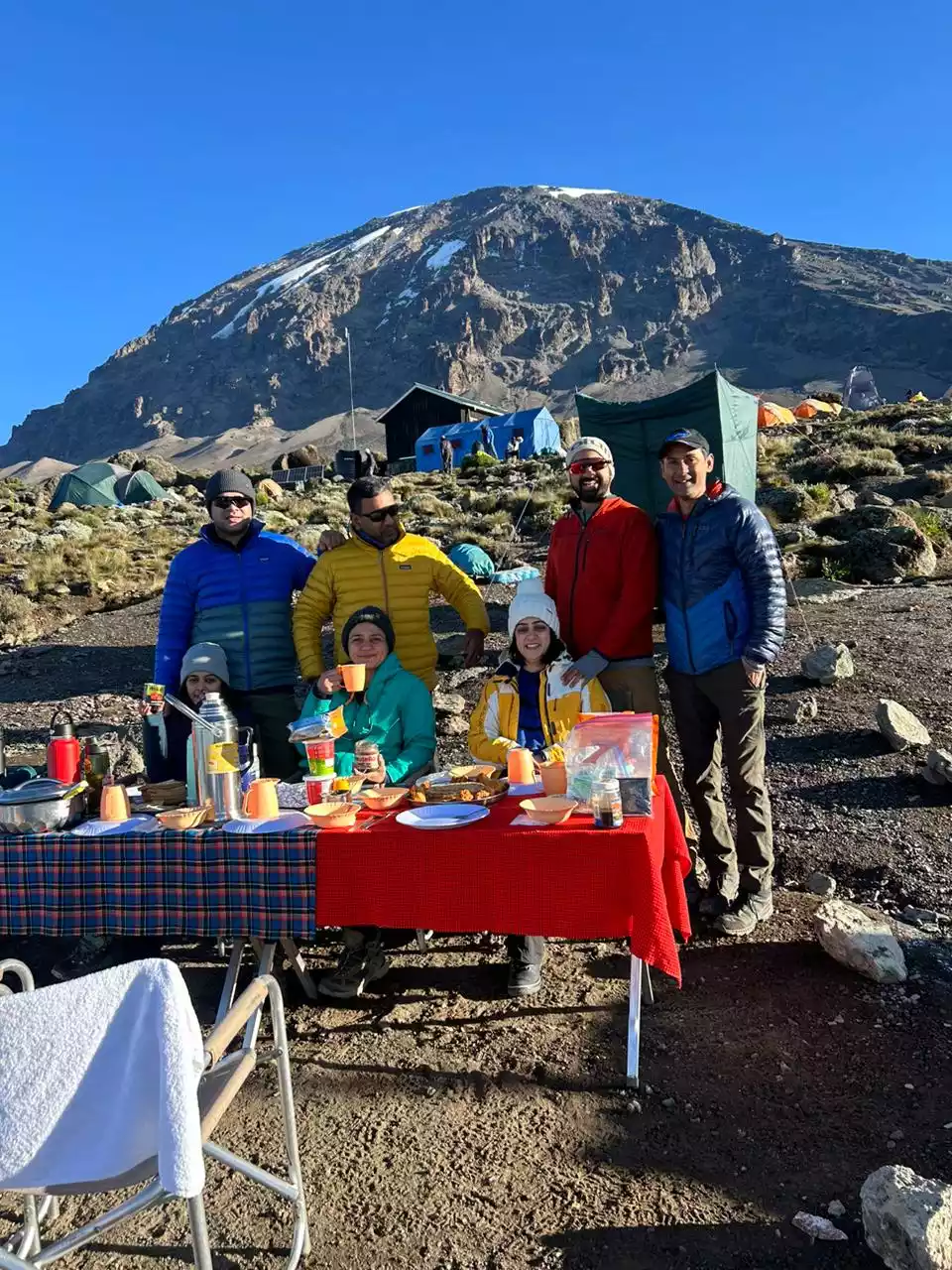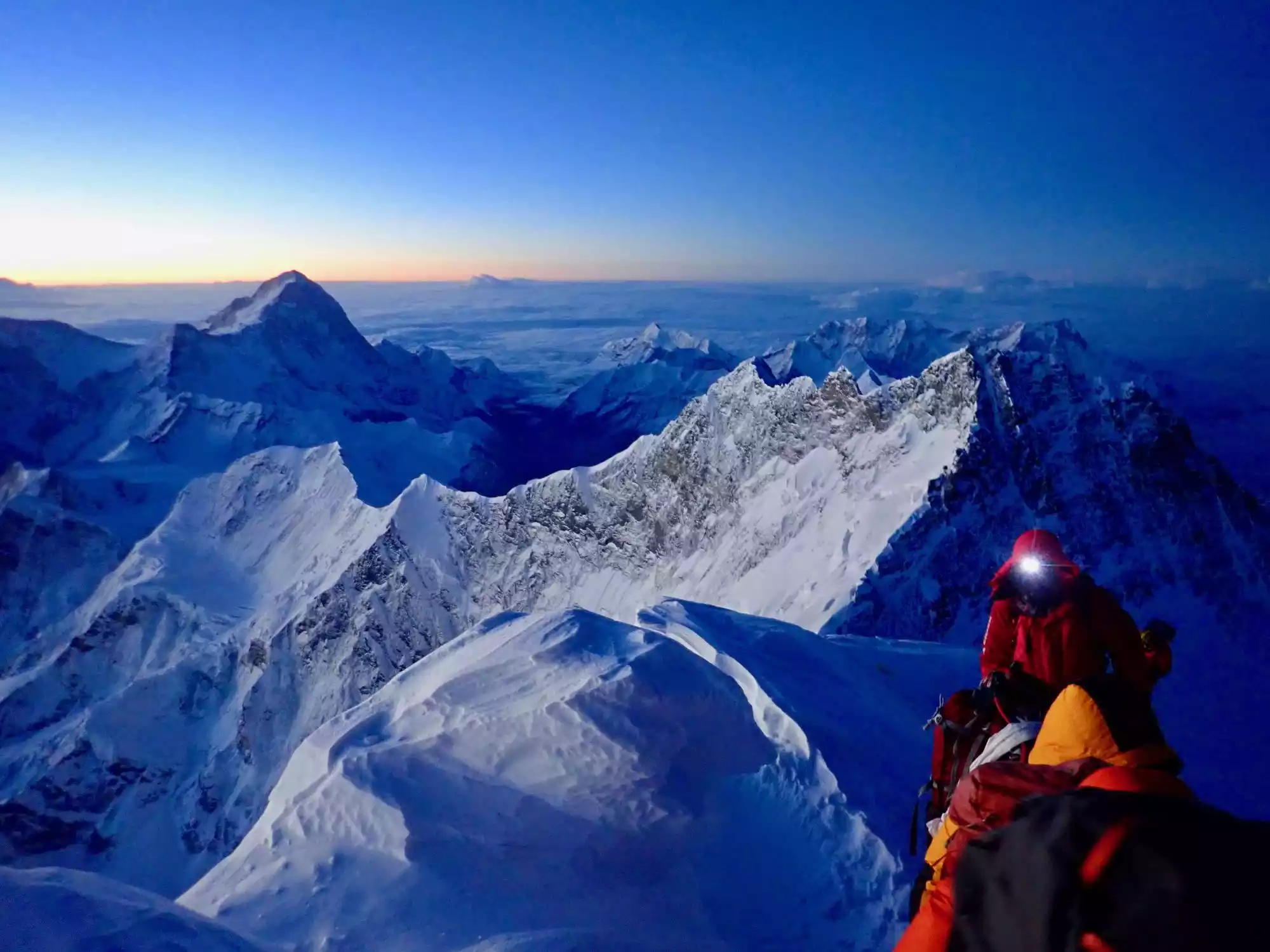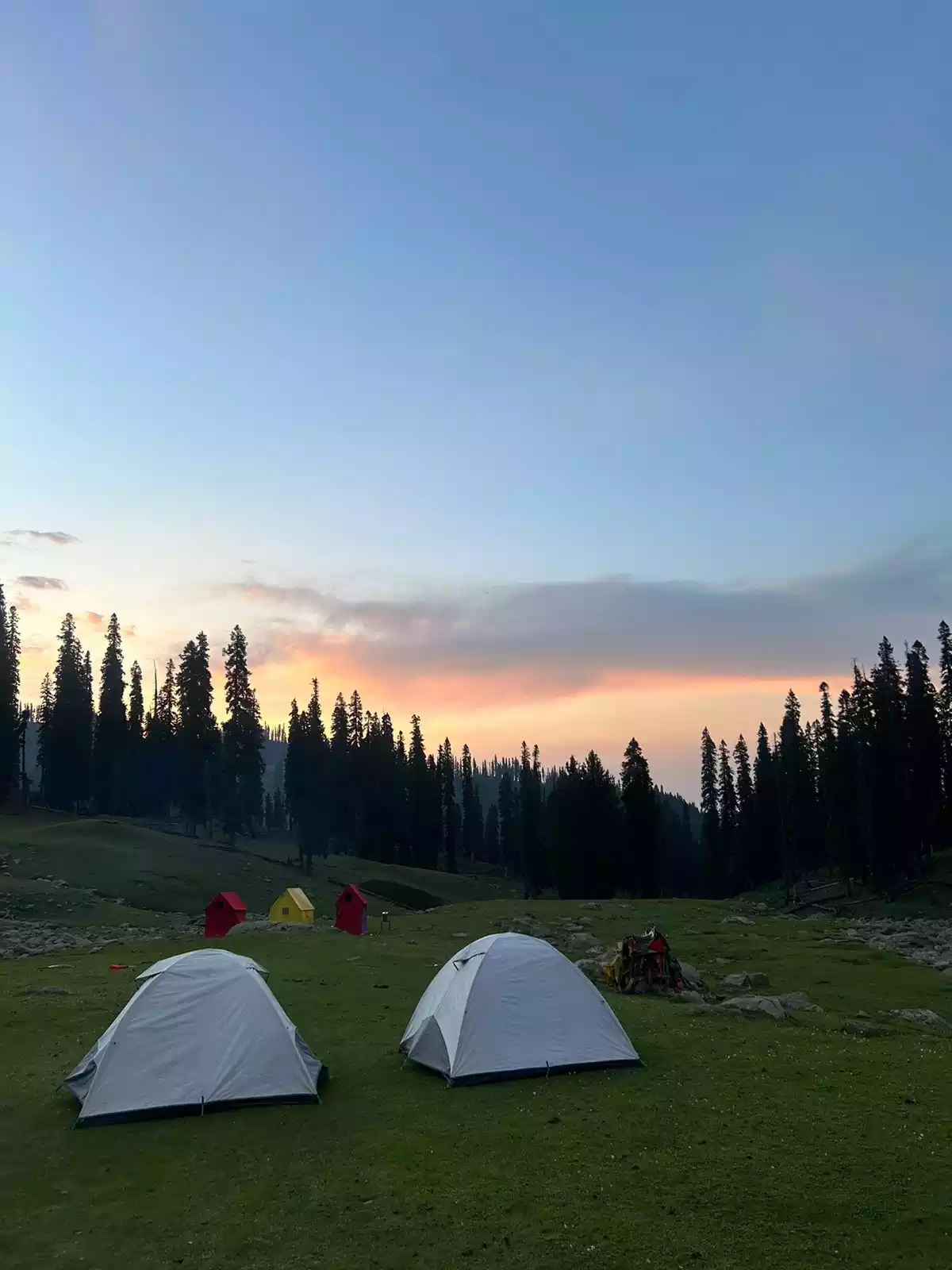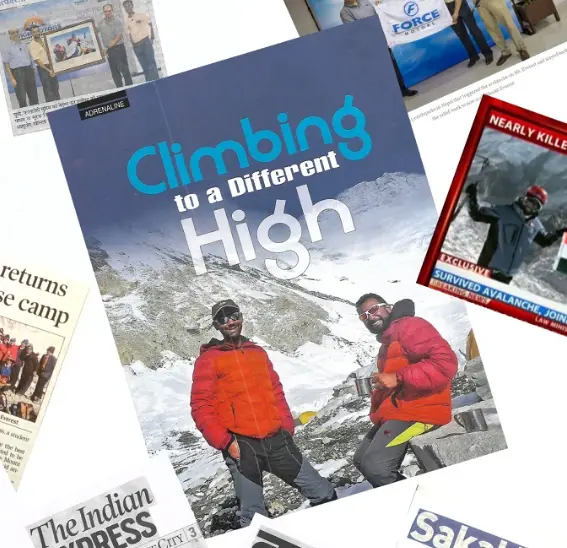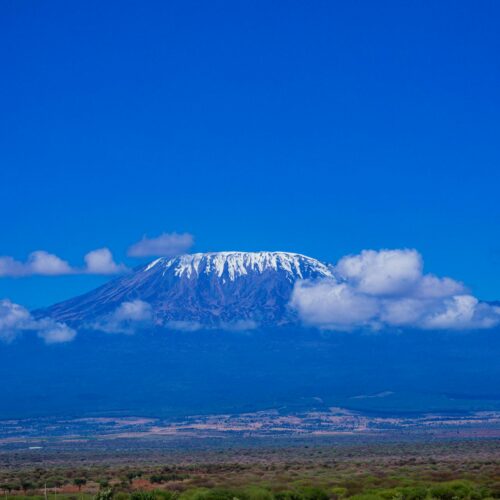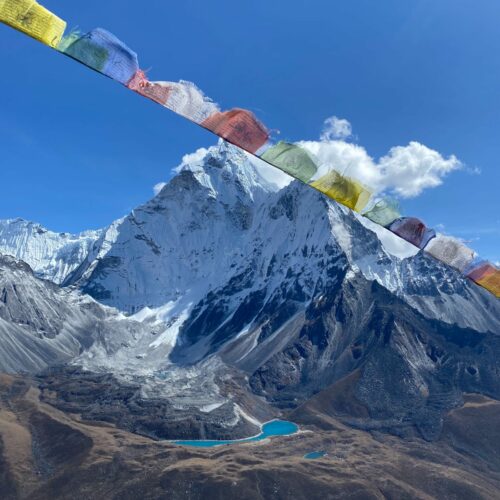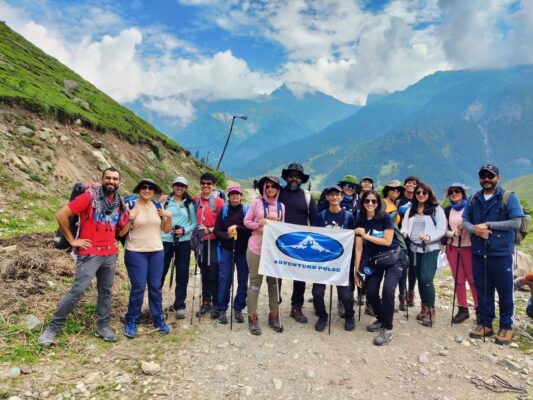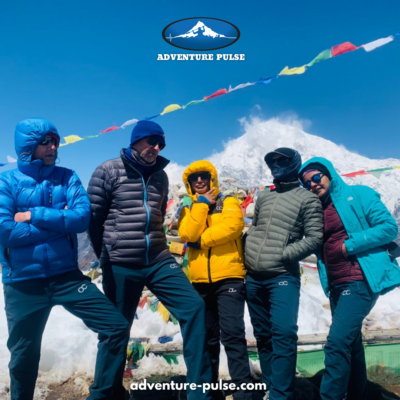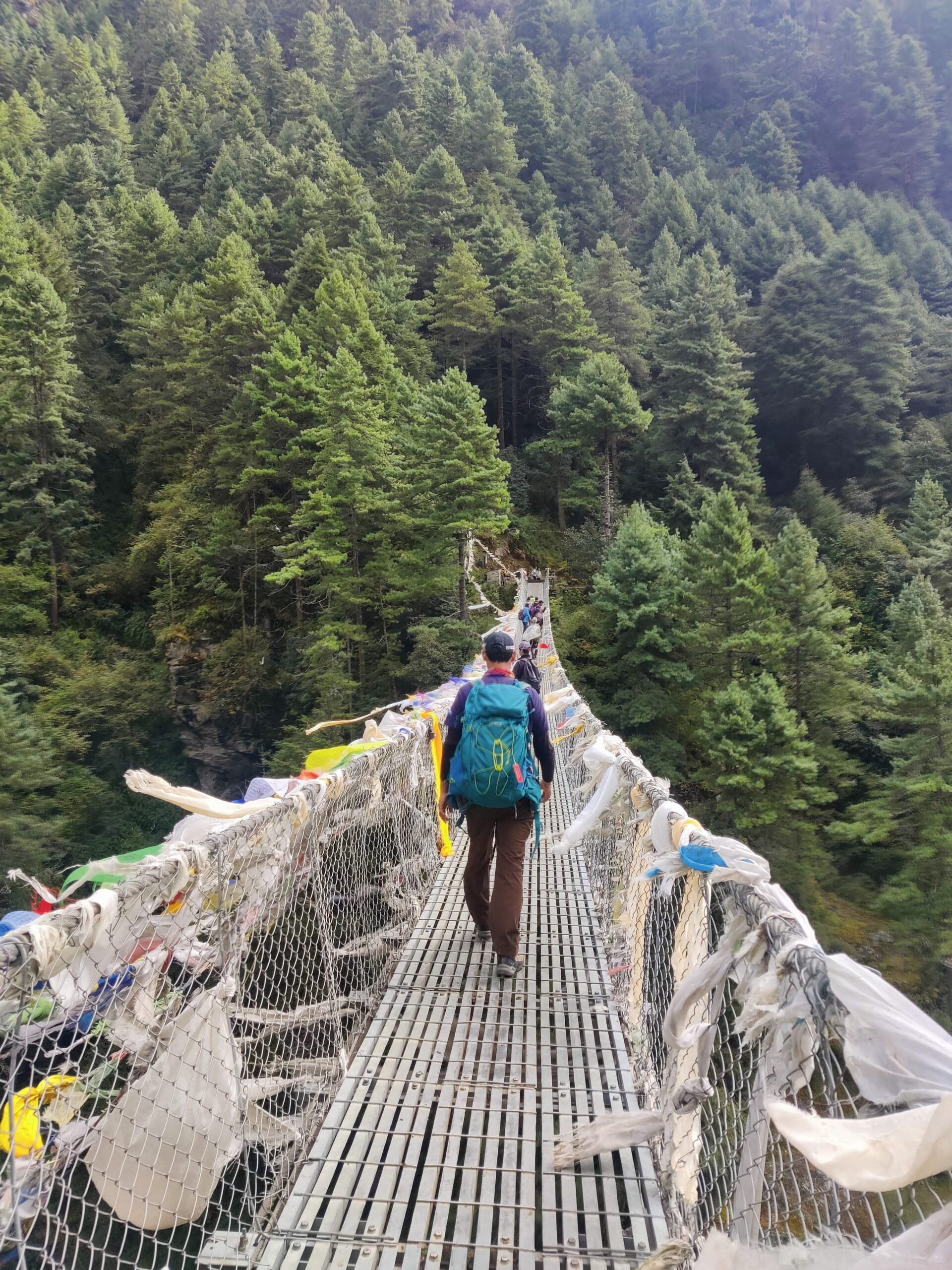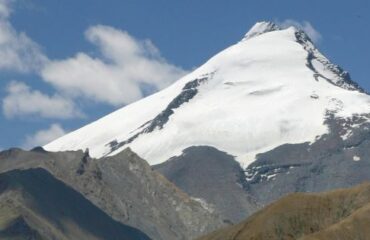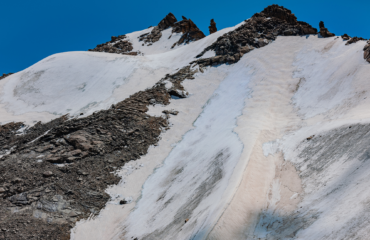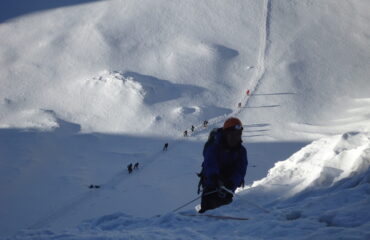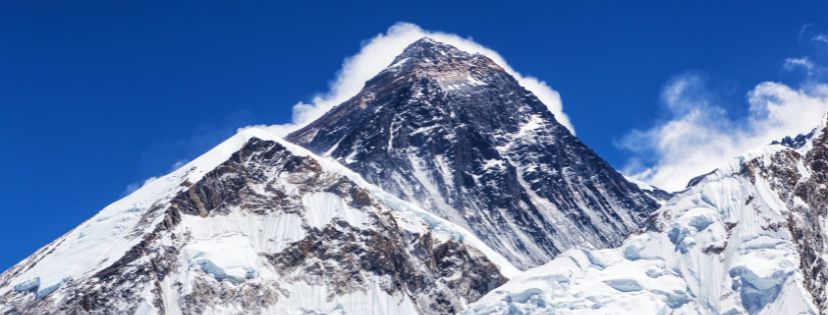
The Seven Summits represent the highest peaks on each of the seven continents and are among the most inspiring mountaineering challenges. Climbing these mountains requires stamina, skills, as well as an unbeatable spirit. Each summit presents its own set of challenges, ranging from weather patterns to the climbing abilities.
The concept of the “Seven Summits” was first coined by Richard Bass, an American businessman and mountaineer, who became the first person to climb all seven peaks on April 30, 1985. Bass’s achievement brought a lot of attention to this mountaineering feat. Since then, many climbers have aspired to complete this challenge. The youngest person to accomplish the Seven Summits is Jordan Romero, and he completed the climbs at the age of 15 in 2011. This accomplishment has inspired a new generation of young mountaineers to pursue this dream.
Which Are the Seven Summits?
The Seven Summits are the highest mountains on each of the seven continents:
- Everest (Asia)
- Elbrus (Europe)
- Aconcagua (South America)
- Denali (North America)
- Kilimanjaro (Africa)
- Vinson Massif (Antarctica)
- Mount Kosciuszko (Australia)
Each of the Seven Summits has its unique set of difficulties. However, climbing them also requires mental strength, the ability to adapt to changing weather patters, and an unwavering desire to reach the top.
Summit #1: Mount Everest, The King (Asia)

- Height: 8,848 meters (29,029 feet)
- Location: The border between Nepal and China in the Himalayan mountain range.
As the world’s tallest peak, Mount Everest is the ultimate climbing challenge. It requires dedication, as well as effort and preparation. Even for experienced climbers, Everest is extremely difficult due to its high altitude, unpredictable weather, and dangerous terrain. Climbing Mount Everest is a dream for many mountaineers, but it’s also one of the hardest summits to conquer.
The most popular routes to the summit are the South Col Route from Nepal and the Northeast Ridge from Tibet. The journey typically takes around 60 days, including acclimatization. Costs can range from 40,000 to $100,000, depending on the level of support and services. While climbing up to Everest Base Camp in Nepal, climbers also experience Sherpa culture. Local foods like dal bhat (lentil soup with rice) are popular, as they are also easy to prepare along the way.
For more in-depth accounts, readers can explore Jon Krakauer’s “Into Thin Air,” which details the 1996 Everest disaster, as well as “Touching My Father’s Soul” by Jamling Tenzing Norgay and “Rising” by Sharon Wood.
Summit #2: Aconcagua, The Sentinel of the Andes (South America)
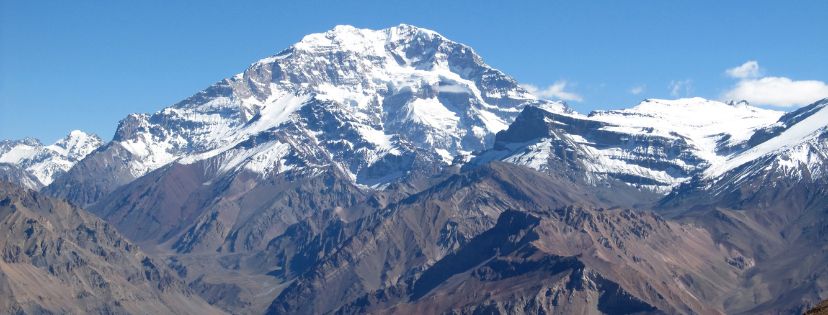
- Height: 6,962 meters (22,831 feet)
- Location: Argentina
Mount Aconcagua, at 6,962 meters, is the highest mountain outside Asia and of volcanic origin. Situated in the Southern Andes (the largest mountain range in the world) Aconcagua features two peaks: the North Peak (6,962 meters) and the South Peak (6,930 meters). The North Peak, accessible via the normal route, is considered technically easier but it also demands good acclimatization and fitness due to high altitudes and harsh weather.
The Normal Route, or “Ruta Normal,” is the most commonly taken path and typically requires 18 to 20 days to complete. Costs for an Aconcagua expedition range from $4,000 to $7,000. The climb begins in Mendoza, a city renowned for its wine and vibrant culture. Climbers can enjoy traditional Argentine cuisine, such as asado (barbecue) and empanadas.
For those interested in learning more, our blog offers detailed guidance on climbing the mountain.
Summit#3: Denali, The Great One (North America)
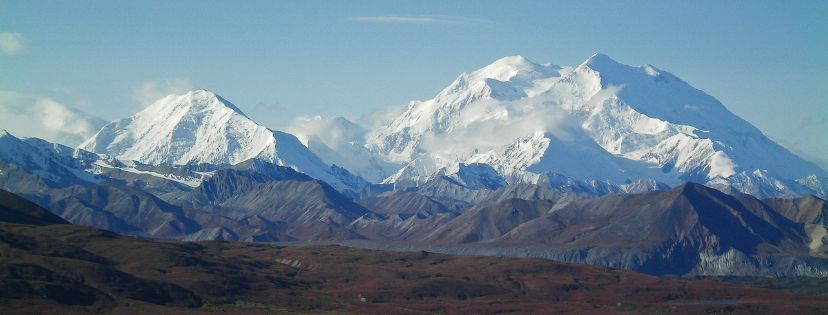
- Height: 6,190 meters (20,310 feet)
- Location: USA (Alaska)
Denali, also known as Mount McKinley, is North America’s highest peak. Denali presents significant challenges, as it is known for its extreme cold, glaciers, and unexpected storms. Climbers face steep vertical ascents as well as severe weather conditions, making it a demanding climb.
The West Buttress Route is the most popular path, and it takes around 17 to 21 days to complete. Expedition costs typically range from $8,000 to $10,000. Base camps are usually set up in Talkeetna, where climbers can experience Alaskan culture and cuisine, which includes fresh seafood and local delicacies like reindeer sausage.
For additional reading, “The Call of the Wild” by Jack London provides a fictional yet insightful look at Alaska’s harsh conditions.
Summit #4: Kilimanjaro, The Roof of Africa
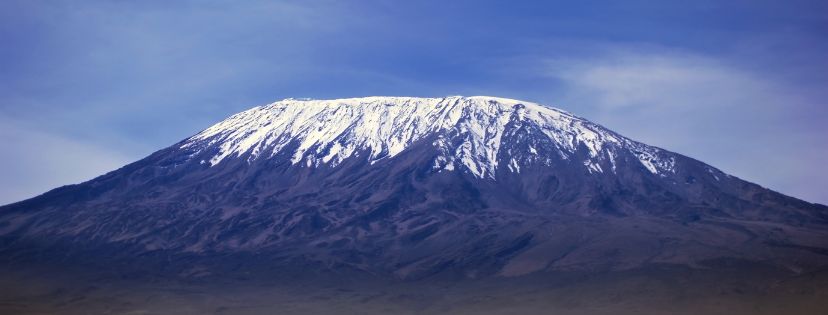
- Height: 5,895 meters (19,341 feet)
- Location: Tanzania
Kilimanjaro is the highest peak in Africa and a popular trekking destination. It is one of the more popular Summits because it is a non-technical climb that doesn’t require mountaineering equipment. However, climbers need good fitness levels to reach the summit. The trek is challenging due to the risk of altitude sickness, and rapidly changing weather conditions.
The most popular routes include the Marangu, Machame, and Lemosho routes. Most treks typically taking 5 to 9 days. Costs range from $2,000 to $4,000. The climb often starts in the towns of Moshi or Arusha, where climbers can immerse themselves in Tanzanian culture and enjoy local dishes such as ugali (maize porridge) and nyama choma (grilled meat).
For those looking to delve deeper, here’s a blog that will help you with more detailed information about “Trekking to Mount Kilimanjaro.
Summit #5: Mount Elbrus, Europe’s Crown Jewel

- Height: 5,642 meters (18,510 feet)
- Location: Russia
Mount Elbrus, an inactive volcano with twin summits, is Europe’s highest peak. Its comparatively easy slopes make it an attractive option for climbers. However, the weather can be unpredictable, with sudden storms and temperature drops requiring climbers to be well-prepared. The breathtaking views from Elbrus’ snow-covered peaks and deep valleys are well worth the effort.
The standard route via the south side is the most frequently climbed path, typically taking 7 to 10 days. Expedition costs range from $1,000 to $2,500. The climb begins in the town of Terskol, where climbers can experience local Russian and Caucasian cuisine, including borscht (beet soup) and shashlik (grilled meat skewers).
To know more about climbing Mount Elbrus click here ..
Summit #6: Vinson Massif, The Icy Giant (Antarctica)

- Height: 4,892 meters (16,050 feet)
- Location: Antarctica
Vinson Massif is the highest peak in Antarctica. Climbers face extreme cold, isolation, and strong winds. The remote location and severe weather conditions make this climb particularly challenging, and it requires careful planning and strong logistical support.
The standard route up the Branscomb Ridge typically takes 14 to 21 days. Expedition costs are high, ranging from $30,000 to $50,000. This high cost is mainly due to the logistics of reaching Antarctica. The journey starts from Punta Arenas, Chile, where climbers can enjoy local Chilean cuisine, such as seafood dishes and empanadas, before embarking on their Antarctic adventure.
For further reading, “Antarctica: An Intimate Portrait of the World’s Most Mysterious Continent” by Gabrielle Walker offers a broader understanding of the continent.
Summit #7: Mount Kosciuszko, The Gentle Giant (Australia)
- Height: 2,228 meters (7,310 feet)
- Location: Australia
Mount Kosciuszko, located in New South Wales, Australia, is the continent’s highest summit. It is considered the easiest of the seven summits to climb. The ascent offers breathtaking 360-degree views of the surrounding Snowy Mountains.
The hike up Mount Kosciuszko can be completed in a single day, typically taking 5 to 7 hours. Costs are quite low, often just covering park entry fees and personal expenses. Climbers start their journey from Thredbo or Charlotte Pass, where they can experience Australian alpine culture and cuisine.
On any mountain, knowledge is power. We hope you were able to equip yourself better, when it comes to climbing the Seven Summits. Happy Climbing!

